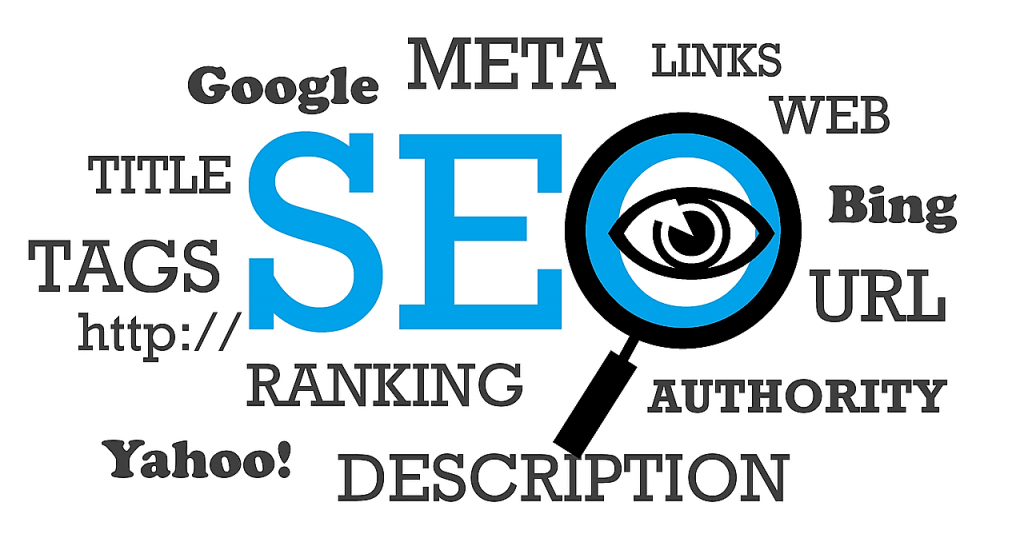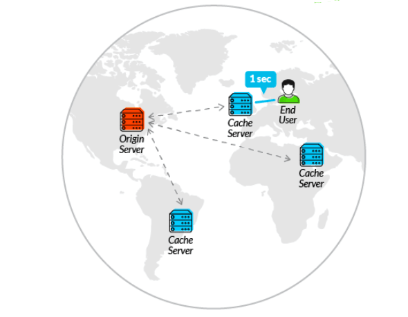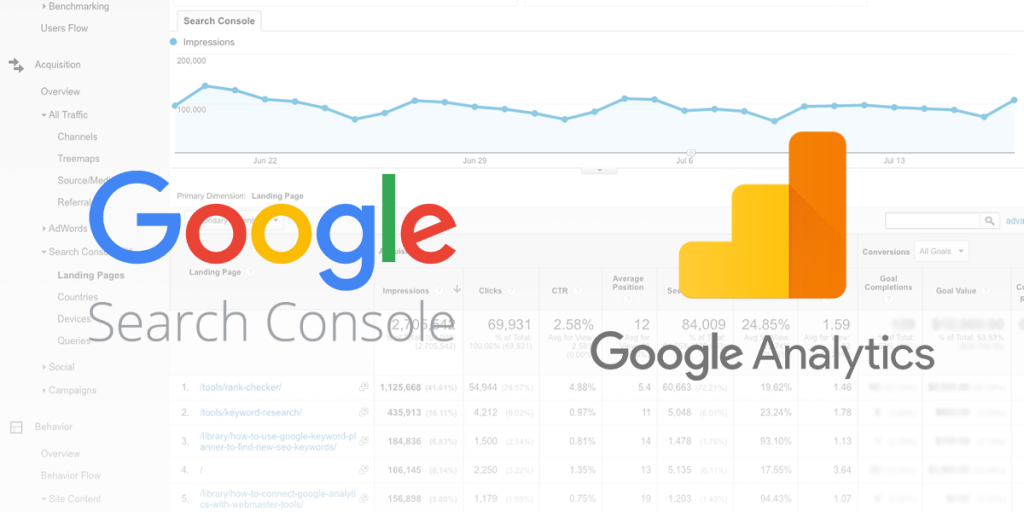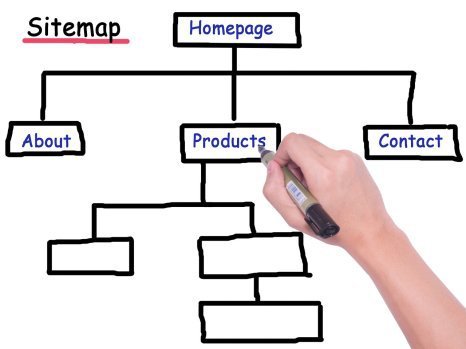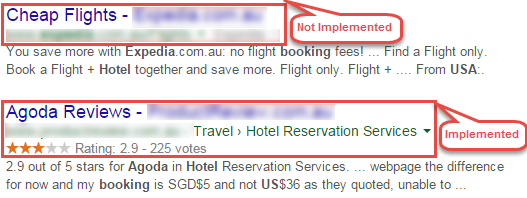If you are looking to increase your website traffic, search engine optimization (SEO) is the way to go as 93% of all traffic on websites comes from a search engine. Search engine algorithms are constantly changing because of the ever-changing needs and desires of the user. Which is why it is important as a business and marketer to employ the best SEO practices which are White Hat SEO techniques.
What are White Hat SEO techniques?
White Hat SEO are strategies and techniques that focus on human audiences and users rather than search engines. With White Hat SEO, you are utilizing techniques that are compliant with search engine terms and conditions to reduce the risk of getting penalized. These techniques include writing and updating content, organic link-building, and extensive keyword research with the intent of the user in mind. A great example of a digital marketing agency that employs White Hat SEO techniques in their content and on their website is Better Bistro Media. And with that being said, here are 9 White Hat SEO techniques that you can immediately apply that will boost your website’s traffic.
1. Optimize Your Title Tags and Meta-Descriptions
Title tags and meta-descriptions are among the best practices for usability and SEO.
Your title tags are an accurate and concise description of your page’s content. Title tag are what appears when your content is shared on social media, web browsers, and search engine results pages (SERPs). You can optimize your title tag by adding relevant keywords first so that users have a better understanding of your page, keeping it under 70 characters so that it fully displays on mobile and desktop, and giving each page a unique title tag. By doing so you compel users to click on your content which will increase your click-through-rate (CTR) and make it easier for search engines to understand your pages.
The meta-description is located under the title tag and gives a more detailed summary of the content that is on a web page. You can optimize your meta-description by adding relevant keywords, keeping it between 50-300 characters so that it displays on mobile and desktop, as well as writing compelling copy so that users are more likely to click on your page. Since Google announced that meta-descriptions are not a ranking factor, ensure that you optimize your meta-description so that more users click on your link as your click-through-rate is a ranking factor to Google.
2. Mobile friendly
Google announced back in March that they will now utilize mobile first indexing which means that they will be analyzing, and ranking websites based on their mobile version along with their desktop version. One of the reasons for this shift is because of the increase of mobile searchers as they make up 52.2% of all online traffic. Search engines such as Google prioritize websites that are mobile-friendly and penalize sites that are not with a drop in rankings. Ensure that your website is mobile-friendly as that may be the difference between you and a competitor when it comes to increasing your search engine rankings.
3. Increase your site speed
Google also rolled out a new algorithm update in July of 2018 in which your page speed will now be a ranking factor on mobile as it used to only affect sites on desktop. This means that the slowest loading pages on Google will now be penalized with a drop in rankings.
There are two ways that you can drastically increase your site speed:
Utilize a CDN on Your Website
A CDN, also known as a content delivery network are a system of servers that deliver content to users based on that user’s geographical location. By adding a CDN to your website, you are drastically increasing the speed of your site by ensuring that you are delivering your content to users on a server that is geographically close to them.
Image Optimization
When your images are not optimized it can slow your site down. Ensure that you are serving images at the proper size and compressing your images so that they are served at the smallest file size possible. By implementing these two image optimization techniques, your servers will not have to dedicate more time up and down sizing your images and your servers will not have to spend time loading large image files.
4. Produce Long-form content
Search engines reward websites with long-form content asit fulfills a user’s intent. The average Google first page result word count is 1,890 words. Ensure that you are not only writing content that is long-form but also adding images and videos to your content to make it easier for users to comprehend the message you are conveying while having users spend more time on your site as that is a ranking factor.
To ensure that you are not only producing long-form content but have users coming back time and time again is to do proper keyword research so that your content can rank on Google for keywords your business or digital marketing agency may have such as Atlanta SEO. Also, since users have short attention spans make sure to format your content so that paragraphs contain 3-4 sentences as well as having the proper headings so that your content can be easily read.
5. Adding Google Search Console and Google Analytics
Google Search Console and Google Analytics are free tools that Google offers that allows you to maintain and monitor the presence of your website within Google search results. It helps you understand how your site is viewed by Google and how it is optimized in search results. Google Search Console and Google Analytics allow you to:
- Manually request your website and webpages get indexed on Google
- Monitor your keyword rankings, click-through-rates, impressions, among other metrics
- Resolve and monitor spam or malware issues
- Set and monitor conversion goals you place on your website, such as how many times a visitor clicks on your call to action button
6. Site structure
A great website structure ensures a better user experience for those who visit your website. The foundation of site structure is the linking structure of your website. Ensure that your internal and external links are not broken so that users are navigating to pages for the information that they are looking for without receiving a 404 error because the page no longer exists. If your website has too many 404 errors, it may negatively impact your rankings on search engines
By having a seamless internal and external linking structure you not only have users stay on your site longer because of the multiple pages they will be visiting on your site, but you can also link out to credible resources throughout your website such as Forbes, so that you are building trust with the search engines.
7. Sitemaps
A site-map is an XML file that lists out every URL on your page. Having a site-map is imperative for websites that have a lot of pages on their website. By creating a site-map on your website you are making it easier for search engines to crawl your website so individual web pages don’t go un-recognized or are not picked up.
8. Implement Schema Mark-Up
Schema markup is a form of microdata that is added to website that generates an enhanced description on search results. Schema makes information easier to read for search engines so that they can provide the best results to queries based on the context of a webpage or website. When you utilize schema and allow your content to be marked up, search engines can display and identify this information thereby improving your click through rate which could result in higher rankings on search engines such as Google. An example of schema mark-up would be when a business such as a plumbing company displays their rating on search engine result pages (SERPs) under their URL which could result in a higher click-through-rate (CTR) for that plumbing company.
9. Guest Posting
Guest posting is a popular technique used to build the back-link profile of your website. Guest posting is when you curate content that will be placed on another website that usually includes a link or two back to your website. To make the most of your guest posting opportunities, ensure the website you are guest posting on has a substantial amount of traffic going to it and is highly authoritative. You can leverage the traffic another website has with your guest post to bring that traffic to your website. Also, if the website you guest post on is highly authoritative, the links that are pointing back to your website will increase the authority of your website drastically.
Conclusion
Getting traffic to your website is already hard enough. By implementing these 9 White Hat SEO techniques, you will generate on-going traffic to your website so that you can increase the amount of leads and sales for your business.


